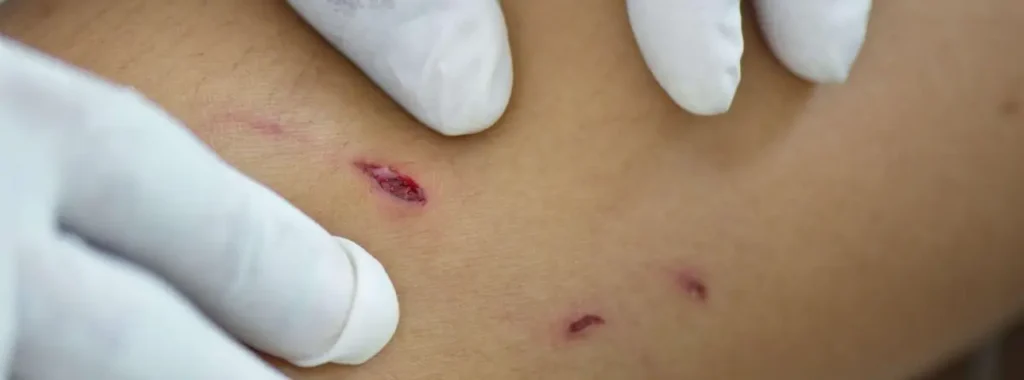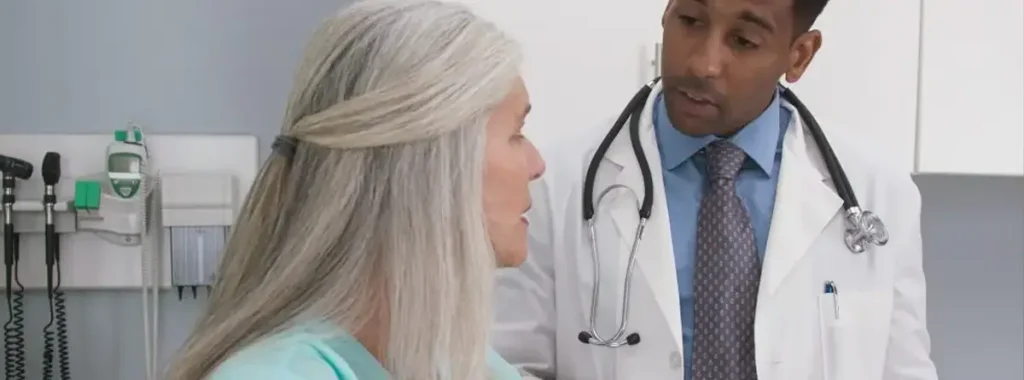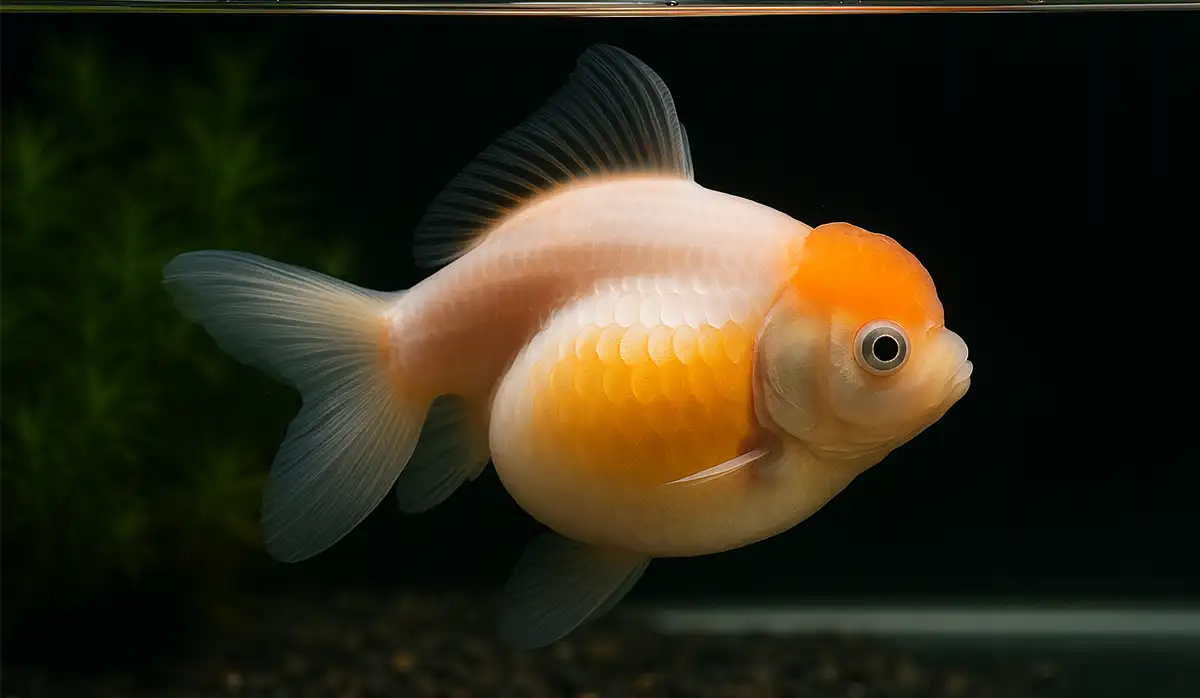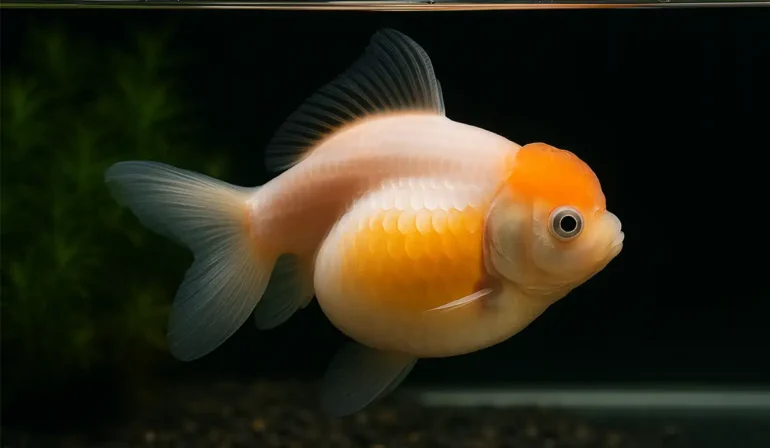Essential Guide to Minor Dog Bite Treatment: What You Need to Know
By Pet Luvz on February 5, 2025

Table of Contents
- Introduction
- Understanding Minor Dog Bites
- Assessing the Severity of the Dog Bite
- Immediate Steps to Treat a Minor Dog Bite
- When to Seek Medical Attention
- Home Remedies for Minor Dog Bites Without Blood
- Preventing Infections and Monitoring Symptoms
- Precautions to Avoid Dog Bites in the Future
- When to See a Doctor
- Preventing Dog Bites
- Conclusion and Key Takeaways
Introduction
Every year, millions of people experience dog bites, and while many are severe, most can be categorized as minor. However, even a minor dog bite can lead to complications if not treated properly. In this guide, we’ll explore the crucial steps you should take to treat a minor dog bite, ensuring quick recovery and minimizing the risk of infection.
Suffering a dog bite, however minor, can be a frightening experience, especially if you’re unsure of the immediate steps to take following the incident. Knowing how to treat a minor dog bite efficiently can not only alleviate the pain but also prevent potential infections and complications.
Understanding Minor Dog Bites

Minor dog bites are typically characterized by superficial wounds such as scratches or small punctures that don’t bleed excessively. It’s important to assess the severity of the bite, as this will guide the necessary treatment steps.
Assessing the Severity of the Dog Bite

Before diving into treatment, it’s crucial to determine the severity of the bite. A minor dog bite typically involves superficial scratches or small puncture wounds without significant bleeding. On the other hand, bites that cause deep wounds, visible muscle or bone, or profuse bleeding are medical emergencies that require immediate professional attention.
Immediate Steps to Treat a Minor Dog Bite

Clean the Wound
Begin by calmly comforting the victim and ensuring the dog is secure to prevent further incidents. Then, wash your hands thoroughly to avoid introducing bacteria to the wound. Gently clean the bite area with mild soap and warm water to remove any bacteria present:
- Rinse the Wound: Use lukewarm water to gently rinse the wound for a few minutes. This helps remove any dirt or bacteria.
- Use Soap: Apply a mild antibacterial soap around the wound area to disinfect it. Avoid getting soap directly in the wound as it may cause irritation.
- Pat Dry: After cleaning, gently pat the wound dry with a clean cloth or sterile gauze.
Apply Antibiotic Cream
Applying an antibiotic cream is essential for preventing infection in a dog bite wound. This provides a protective barrier and aids in the healing process. Apply a thin layer of cream over the wound, and if you’re not allergic, products containing bacitracin or neomycin are good options.
After cleaning the wound:
- Dry it gently with a clean towel.
- Apply an over-the-counter antibiotic cream to minimize the risk of infection.
- If the bite is a puncture wound, use an iodine-based antiseptic, as these are particularly effective against bacteria commonly found in animal mouths.
Cover the Wound
Covering the wound with a sterile bandage helps protect it from bacteria and keeps it clean. Change the bandage daily or whenever it becomes wet or dirty. Choosing the right size bandage to adequately cover the wound without applying too much pressure is key.
Watch for Signs of Infection
While treating a minor dog bite, it’s crucial to monitor the wound for any signs of infection, which can include:
- Increased redness or swelling
- Persistent pain
- Pus or unusual discharge
- Fever
When to Seek Medical Attention

Signals for Professional Help
Seek professional medical help if you experience increased pain, redness, swelling, or if the wound emits pus, as these are signs of infection. Additionally, if you don’t have a tetanus shot in the last five years, visiting a healthcare provider is crucial.
Importance of Dog Bite Injections
In certain situations, such as when the vaccination status of the dog is unknown, you may need a series of rabies shots to prevent the virus, which is almost always fatal once symptoms appear.
Home Remedies for Minor Dog Bites Without Blood

For bites that do not break the skin:
- Ice packs: Applying ice packs can help reduce swelling and soothe the area.
- Elevate the bitten part: Keeping the affected area elevated can also help reduce swelling.
Preventing Infections and Monitoring Symptoms
Dog Bite Puncture Wound Treatment
Even minor puncture wounds require careful monitoring:
- Watch for signs of infection: Regularly check the wound for increased tenderness, redness, or discharge.
- Keep the wound clean: Continue to keep the wound clean and bandaged until fully healed.
Precautions to Avoid Dog Bites in the Future
- Educate yourself and others: Understand dog body language to avoid bites.
- Supervise children: Always supervise interactions between children and dogs.
When to See a Doctor
You should consult a healthcare professional if:
- The wound doesn’t heal or shows signs of infection.
- The dog that bit you was unknown or behaves erratically, raising concerns about rabies.
- You haven’t had a tetanus shot in the last 10 years.
Preventing Dog Bites
Prevention is always better than cure. Here are some tips to avoid dog bites:
- Be Cautious Around Unknown Dogs: Always approach unfamiliar dogs slowly and let them sniff you before petting.
- Do Not Disturb: Avoid disturbing a dog while it’s eating, sleeping, or caring for its puppies.
- Educate Children: Teach children how to safely interact with dogs, emphasizing gentle behavior and awareness of a dog’s cues.
Conclusion and Key Takeaways
Minor dog bite treatment is crucial for preventing infections and ensuring proper healing. Remember to clean and cover the wound, apply antibiotic cream, and monitor for signs of infection. Prevention strategies can reduce the risk of bites and promote safe interactions with dogs. If complications arise, do not hesitate to seek medical advice.
Proper care and immediate action are crucial after a minor dog bite. Understanding these steps will help you treat injuries effectively and prevent further complications.
Engage With Us
Have you ever dealt with a minor dog bite? Share your experiences or tips in the comments below. For more pet care advice, visit our Health and Safety Tips for Pets page.
YOU MAY ALSO LIKE
Top Pick
-

African Grey Parrot: A Smart, Loving, and Talkative Companion
July 22, 2025
-

5 Best Canister Filters for Crystal Clear Water in Your Pet Fish Tank
July 8, 2025
-

Is Pumpkin Good for Cats? Everything You Need to Know
July 5, 2025
-

Swim Bladder Treatment: Solutions for Aquarium Fish Health
July 3, 2025
-

7 Fascinating Betta Fish Facts Every Owner Should Know
July 2, 2025











